28 pages • 56 minutes read
Virginia WoolfThe Duchess and the Jeweller
Fiction | Short Story | Adult | Published in 1938A modern alternative to SparkNotes and CliffsNotes, SuperSummary offers high-quality Study Guides with detailed chapter summaries and analysis of major themes, characters, and more.
Background
Authorial Context: Virginia Woolf
Virginia Woolf (1882-1941) was an English novelist, essayist, biographer, and feminist. She was a key figure in the avant-garde literary life of London and was central to the bohemian Bloomsbury Group. Her commitment to capturing modern life, particularly the hidden life within individuals, led her to experiment and produce impactful innovations in the novel. Woolf is best known for her novels including Mrs. Dalloway (1925), To the Lighthouse (1927), and Orlando (1928). In her time, she was also known as an essayist, critic, speaker, and publisher. Today, Virginia Woolf is recognized as one of the most important novelists of the 20th century.
Woolf was born Adeline Virginia Stephen on January 25, 1882, in Kensington, London, England. She was born into a privileged, extended family, the third child of Sir Leslie Stephen and Julia Duckworth, who had four children between them from previous marriages. Her parents were literary and artistic, and encouraged Virginia’s precocious writing talents. While her brothers were sent to Cambridge, Virginia and her sister Vanessa had no formal education. Instead, they had private tutors and read books from the family library. Woolf later criticized such educational inequality, condemning women’s lack of access to education and employment in her writing such as “Professions for Women” (1931).
Related Titles
By Virginia Woolf

A Haunted House and Other Short Stories
Virginia Woolf

A Room of One's Own
Virginia Woolf

Between The Acts
Virginia Woolf
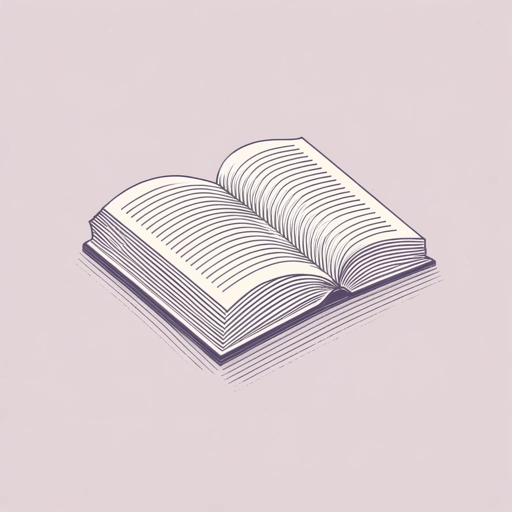
How Should One Read a Book?
Virginia Woolf

Jacob's Room
Virginia Woolf
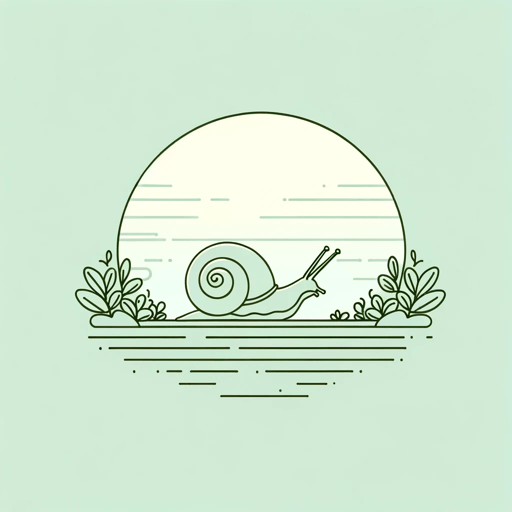
Kew Gardens
Virginia Woolf

Modern Fiction
Virginia Woolf

Moments of Being
Virginia Woolf
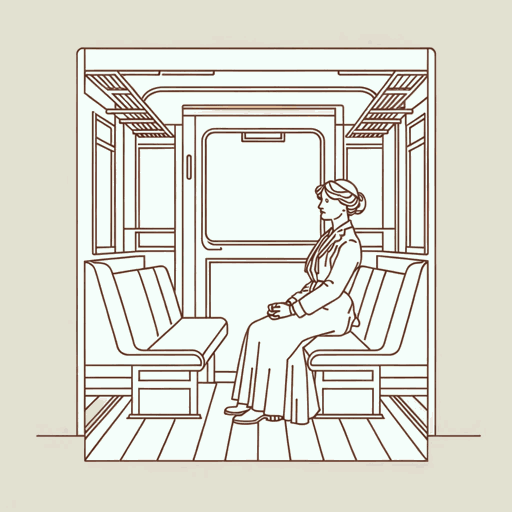
Mr. Bennett and Mrs. Brown
Virginia Woolf
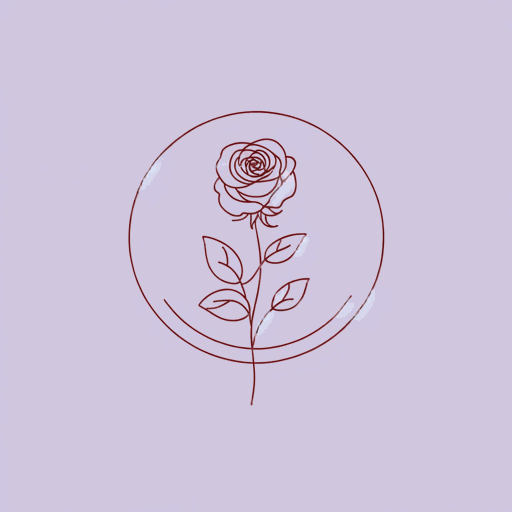
Mrs. Dalloway
Virginia Woolf
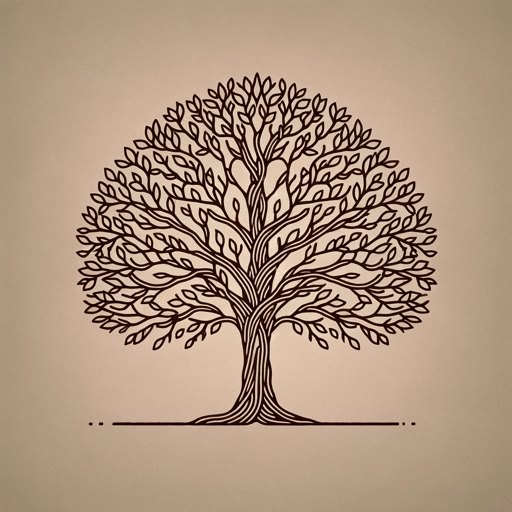
Orlando
Virginia Woolf
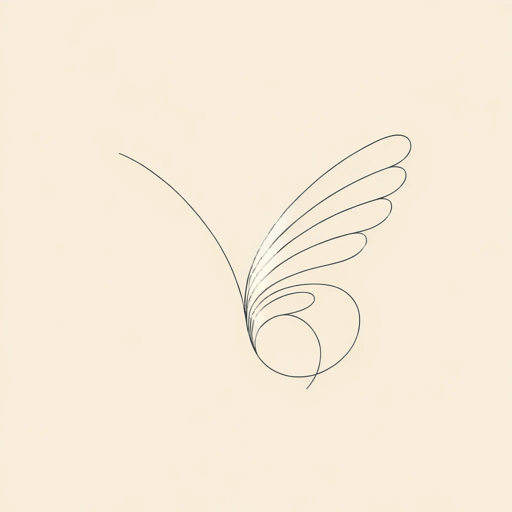
The Death of the Moth
Virginia Woolf
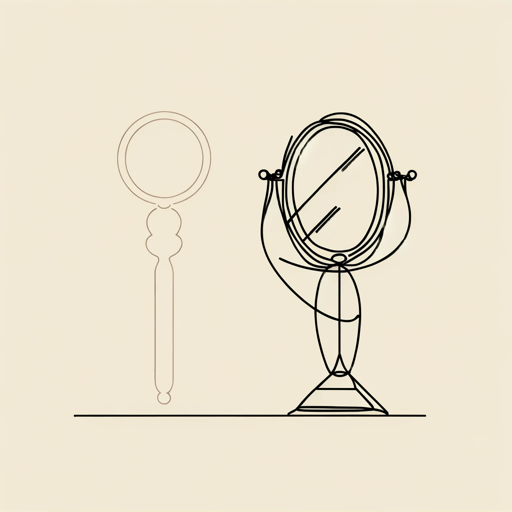
The Lady in the Looking Glass
Virginia Woolf
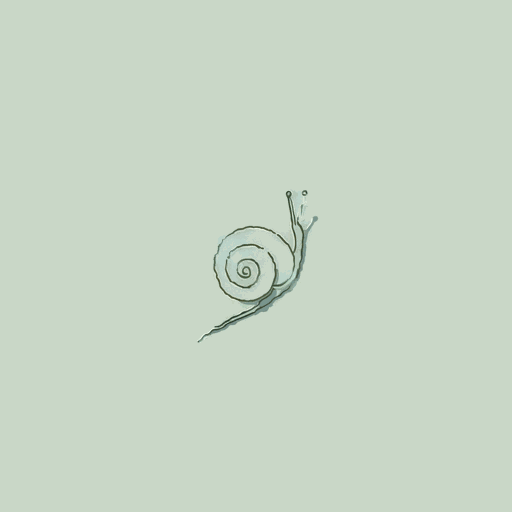
The Mark on the Wall
Virginia Woolf
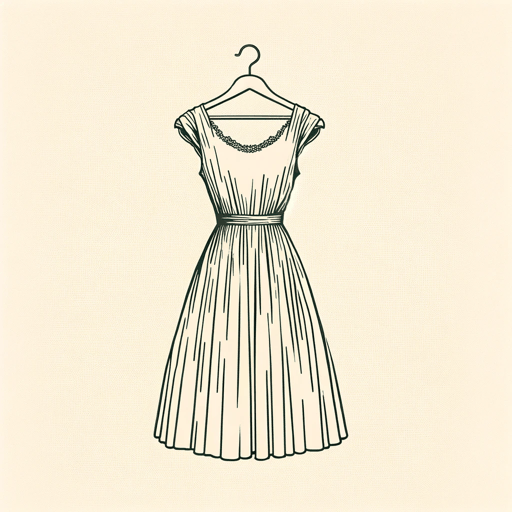
The New Dress
Virginia Woolf
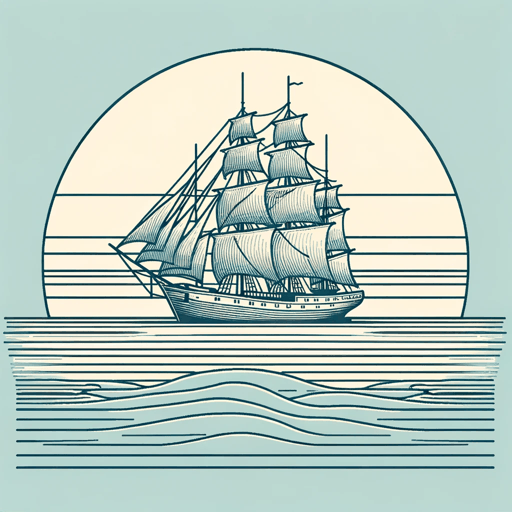
The Voyage Out
Virginia Woolf
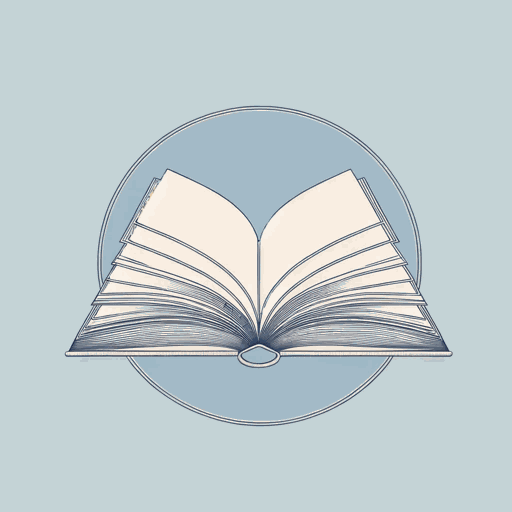
The Waves
Virginia Woolf
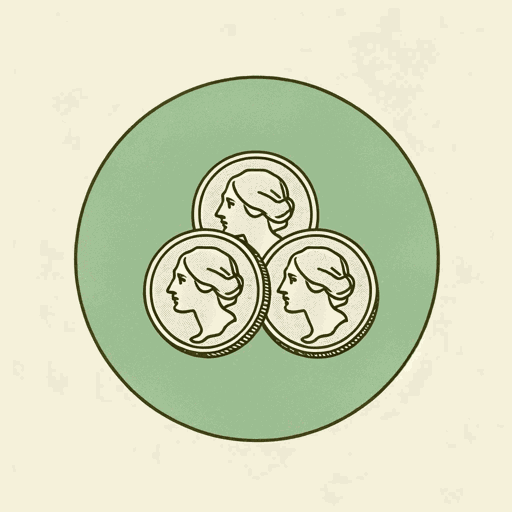
Three Guineas
Virginia Woolf

To the Lighthouse
Virginia Woolf

